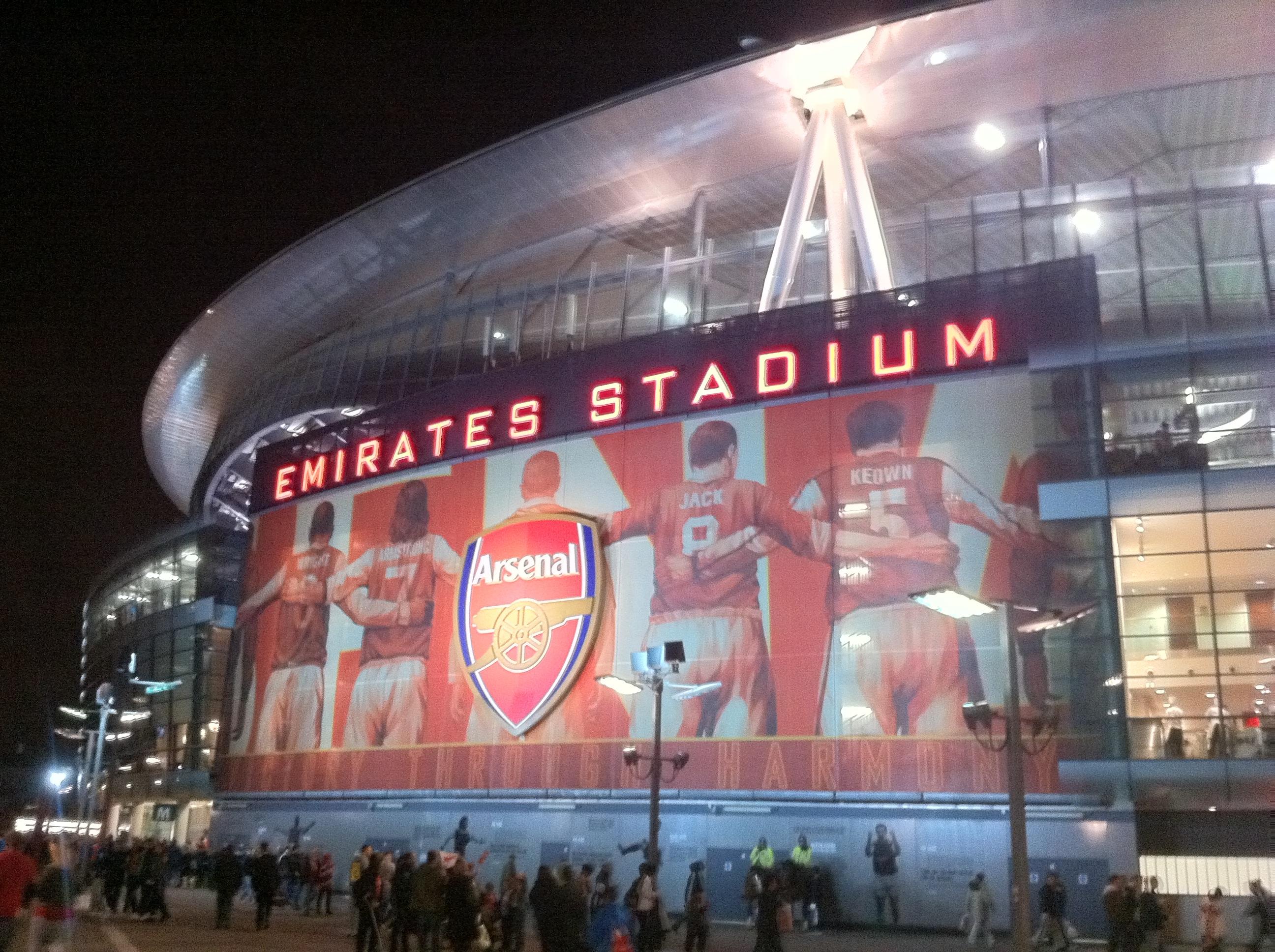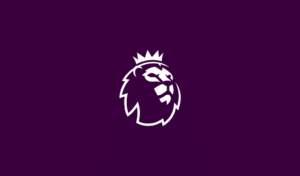 A mixed bag of financial results from Arsenal today. The Gunners announced that turnover for the year ended 31st May 2013, increased to £242.8 million (up from £235.3 million) while profit before tax was £6.7 million.
A mixed bag of financial results from Arsenal today. The Gunners announced that turnover for the year ended 31st May 2013, increased to £242.8 million (up from £235.3 million) while profit before tax was £6.7 million.
Those numbers do not include the Mesut Ozil transfer and the club’s new chairman Chips Keswick was quick to highlight the positive aspect of the numbers saying:
““It is my job to ensure we steer further along the course we have set.
“We must continue to grow commercially to provide the Club with the best opportunity to achieve success and we must do this in a way which remains true to our values and which ensures and protects the long-term sustainability of the Club.
“We face a competitive landscape across the top of the Premier League and across Europe’s elite clubs which is tougher than ever. Despite fair play initiatives the financial competition for top players remains intense and transfer prices and player wages continue to move ever higher.
“It is therefore positive that the strong financial platform we have created in recent years allows us to continue to be competitive at the highest level.”
Before you get too carried away about the numbers, take a look of these ones. This is Arsenal’s turnover for the last 6 years:
- 2008: £207.7 million
- 2009: £225.1 million
- 2010: £222.9 million
- 2011: £225.4 million
- 2012: £235.3 million
- 2013: £242.8 million
So over the last six seasons, Arsenal has grown its turnover by £35m. If it was not for increased ticket prices or TV revenue, I am not sure if Arsenal’s revenues would be increasing.
When you have slow or flat revenue, the last thing you need is an exploding expense category and that is what Arsenal’s wage bill is.
Arsenal’s wage bill exploded as the spent £58.7 million on new signings plus extended contracts of current players. Added last summer were Monreal, Cazorla, Podolski and Giroud, while Walcott was amongst the players whose contracts were extended.
Overall Arsenal’s wage bill rose 7.7% to £154.5 million (2012 – £143.4 million), and wages now make up 63.6% of Arsenal’s turnover (up from 60.9% in 2012).
Wages are taking a larger and larger percentage of Arsenal’s revenue as can be seen below:
- 2008: £101.3 million (49% of turnover)
- 2009: £104 million ((46%)
- 2010: £110.7 million (50%)
- 2011: £124.4 million (54%)
- 2012: £143.4 million (61%)
- 2013: £154.5 million (64%)
That is unsustainable growth in wages for Arsenal. You cannot have wages grow by over £53m in six years while turnover grows by only £35m. And keep in mind that these numbers do not include Mesut Ozil’s wages of a reported £10m a year.
Since Kronke will not invest any cash in the squad, the only was I can see for Arsenal to cover its spiraling wage bill is to sell players. Arsenal’s £6.7 million profit includes a profit on player sales of £47m, mainly from the sale of Robin Van Persie and Alex Song last summer. Without these sales, Arsenal’s profit of £6.7 million becomes a £41 million loss.
So not as as rosy numbers as being reported by the press and the club, with some worrying trends for Arsenal fans.


